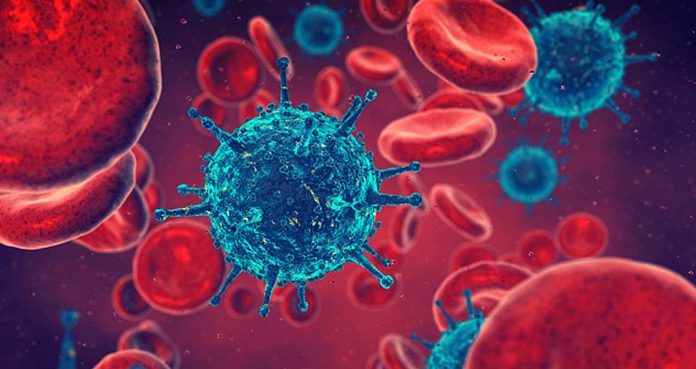West Virginia public health officials said that is a cluster of HIV cases in Cabell Country, reflecting a shift in how the deadly disease is being transmitted.
According to the West Virginia Department of Health and Human Resources (DHHR), there have been up to 49 confirmed HIV cases in Cabell County.
The officials said that all the cases were found to be contracted by intravenous drug use through sharing contaminated syringes.
Tracked since January 2018, the cluster represents an upsurge from the baseline average of eight HIV cases each year over the past five years.
According to the CDC, West Virginia had been one of the country’s lowest rates of HIV cases (4.3 cases per 100,000 residents), while neighboring Kentucky (7.9 per 100,000) fared similarly in 2017.
The surge in HIV cases could potentially be annihilating for Appalachian communities that are already ravaged by opioid addiction. It is a major cause of concern in West Virginia because Cabell County has approximately 1,800 active intravenous drug users, increasing the risk of the virus spread.
It is a big cause of concern for state health officials because HIV is difficult to track and impossible to predict.
Shannon McBee, senior epidemiologist at DHHR, and Dr. Cathy Slemp, State Health Officer in Charleston said in a joint interview, “We expect the case count to increase just because we know there’s people out there that have not yet been tested.”
McBee said, “Until we can get a handle on how many people have been tested in Cabell County, it’s likely we’ll continue to see cases.”
Unlike close-knit and stable LGBTQ communities, approaching intravenous drug users can be like chasing shadows. Over half of those involved in the current Cabell County outbreak are homeless. They are generally transient and often from out of town. More worryingly, they are not likely to seek assistance on their own.
There are a few challenges from a public health perspective, such as meeting them where they reside, whether where they get their meals, and where they seek medical help.
Dr. Slemp said, “This is not something that public health can just step in and fix. This is about how we work together as a community to come together. We can guide, support and lead in public health, but it really is about how a community and providers come together to help diagnose and link people to care for HIV.” Both the experts agreed that Cabell County is well equipped to handle its own HIV cluster with the help of its services and partnerships built in response to the opioid epidemic, which can further help adapt to HIV prevention.























